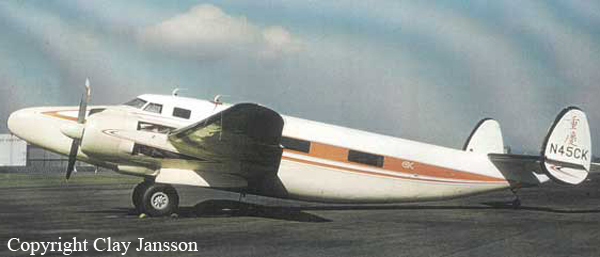Crash of a Dassault Falcon 20C in Fort Worth
Date & Time:
Jan 18, 1974 at 1845 LT
Registration:
N7824M
Survivors:
Yes
Schedule:
Montgomery - Fort Worth
MSN:
42
YOM:
1966
Crew on board:
2
Crew fatalities:
Pax on board:
0
Pax fatalities:
Other fatalities:
Total fatalities:
0
Captain / Total hours on type:
350.00
Circumstances:
The crew expected to make a straight-in approach but was cleared by ATC to make an ILS circling approach that was completed in rain showers with a tailwind of 8 knots. After touchdown on a wet runway, the crew encountered difficulties to decelerate properly as the airplane suffered hydroplaning. Unable to stop within the remaining distance, the airplane overran and came to rest few dozen yards further. Both pilots were seriously injured and the aircraft was damaged beyond repair.
Probable cause:
Overran runway and collided with a dirt bank after the crew selected the wrong runway relative to existing wind. The following factors were reported:
- Failed to use or incorrectly used miscellaneous equipment,
- Hydroplaning on wet runway,
- Airport conditions: wet runway,
- Rain falls,
- Tail wind from 158 to 202°,
- Cleared for ILS circling approach while the pilot requested a straight in approach,
- Landed normally in heavy rain but failed to deploy the drag chute.
- Failed to use or incorrectly used miscellaneous equipment,
- Hydroplaning on wet runway,
- Airport conditions: wet runway,
- Rain falls,
- Tail wind from 158 to 202°,
- Cleared for ILS circling approach while the pilot requested a straight in approach,
- Landed normally in heavy rain but failed to deploy the drag chute.
Final Report:




